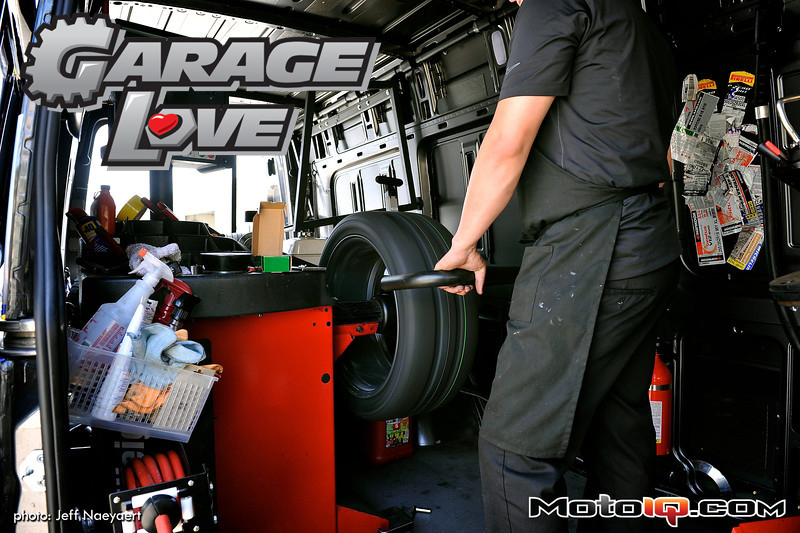Garage Love: Speed-Dependent Wheel Vibrations
As the resident car guy in my neighborhood, I get tasked with commiseration when something automotive breaks, prodded for new car advice regularly and hit up for diagnostic work when my friends are uncertain about their cars’ health. One such buddy, Doug, picked up one of those new Dillon Blanski-designed 2013 Ford Fusions last year after the Cleveland Auto Show. He liked the new styling and the Sync in-car entertainment system.
I told him that his decision points were the car enthusiast equivalent of stopping at La Quinta for the night because you see the familiar Mexican-looking sign from the highway that says free Wi-Fi. I added, “Since LaQuinta means ‘Right next to Denny’s’ in Spanish, at least you know you’ll have your breakfast choice taken care of in the morning.” He was not amused with my comedic tangents.
 Ford certainly got the design aesthetics right on the latest Fusion.
Ford certainly got the design aesthetics right on the latest Fusion. Doug asked me to take a look at the Fusion as he’s been having a vibration in the steering wheel at speed and has not been able to drop the car off at the dealership for diagnosis. He thought the vibration happened at highway speeds, but wasn’t sure where it was coming from.
Cars have become very complex when it comes to electronics, safety and entertainment, but the basics of the four-wheeled automobile still need to be addressed on a regular basis. Simple things like alignments, tire pressures and wheel balance play a crucial role in ride comfort, safety and efficiency.
 Wheel balance plays a crucial role in comfort and tire wear at highway speeds. Wheel and tire packages can become unbalanced and start vibrating at specific highway speeds.
Wheel balance plays a crucial role in comfort and tire wear at highway speeds. Wheel and tire packages can become unbalanced and start vibrating at specific highway speeds. One common age-old problem is a vibration that only becomes noticeable at highway speeds—68mph for example. Why does it seem that these things always happen around that speed? What makes that just-under 70mph range so popular with the shimmys, shakes and buzzes on the road?
Sure enough, when I drove Doug’s car, the vibration became noticeable around 68 mph—that’s a common speed for these issues and that made me curious. That’s a good excuse to talk with another friend of mine, Eric Luecke. You know that fine print at the bottom of a car commercial that says, “professional driver on a closed course”? Eric is that person—and a full-fledged tire engineer to boot.
Eric is a Senior Engineer as well as a Test Driver for Hankook’s Akron Technical Center. He actually worked on the Ford account for the original equipment Hankook tire on some models. He makes sure that each OE tire model exactly meets the performance and ride specifications of the car manufacturer. As a part of his job, he’s logged thousands of miles on test tracks around the world. Not a bad gig—if you don’t mind the smell of burning rubber.
 Eric Luecke is a tire engineer and professional test driver, he is one of my go-to guys when I've got a not-as-simple-as-it-sounds tire question.
Eric Luecke is a tire engineer and professional test driver, he is one of my go-to guys when I've got a not-as-simple-as-it-sounds tire question. The short answer, Eric says in typical-engineer fashion, “If there is a significant imperfection in a rotating wheel assembly, it can be amplified when the wheel’s rotational frequency coincides with the “wheel hop” resonant frequency of the unsprung mass, which naturally occurs at highway speeds.”




